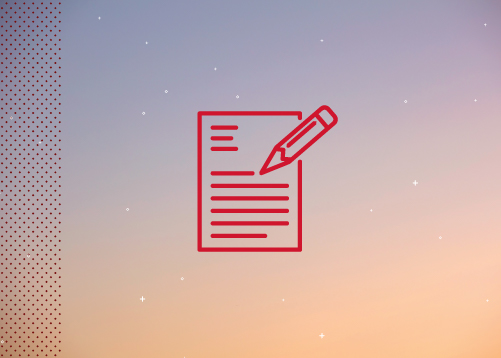Cover Letter Guide
Why Write a Cover Letter?
A tailored cover letter accompanies your resume in order to introduce yourself and present how you are uniquely qualified for the position you are applying for. Cover letters add value to resumes by displaying your commitment and eagerness, showing your written and communication skills, and addressing unique job qualifications, and articulating why you would be a good fit with the organization.
Cover Letter Outline
- Letter Head:
- Align the same as listed on your resume
- Remove letter head if cover letter is in email form
- Address to a Specific Hiring Manager
- Paragraph I: What are you applying for and why that company?
- Paragraph II: What uniquely qualified you for that position?
- Paragraph III: What should the reader do next?
- Your Name + Signature
Cover Letter Tips
A. Do Your Research
Researching the team, organization, and industry demonstrates interest and diligence. Use the company’s website, LinkedIn, and/or have an informational interview with an employee to gain insight on the company culture and clarity about the position.
You can do this by:
- Addressing the letter to a specific hiring manager.
- Expressing 2-3 things that interest you about the field, organization, and team.
- Demonstrating understanding of the position.
B. Clearly demonstrate why you’re a good fit
Your resume should already clearly demonstrate your skills and give an overview of your experience – so protect the space in your cover letter to offer deeper connection and insight into how you would uniquely fit in their organization. This includes skills that directly relate to position you are applying to, as well as anything they should know about you that is not communicated in the resume.
You can do this by:
- Giving a concrete story or example of how you’ve used the key skills they are recruiting for.
C. Use Keywords from the Job Description
Be sure to use the same wording the employer used in their job posting. They chose specific skills and tasks for a reason.
D. Provide a Call to Action
The last sentences in your letter should articulate what you want to happen next – you would like to set up an interview. Lead into this ask by thanking them for the time they took to read letter and resume.
E. Network & Follow up: Put in the Work
Many people make the mistake of submitting a resume and cover letter and then waiting to hear back. Remember, resumes and cover letters are part of your Toolkit. However, they do not land you jobs.
